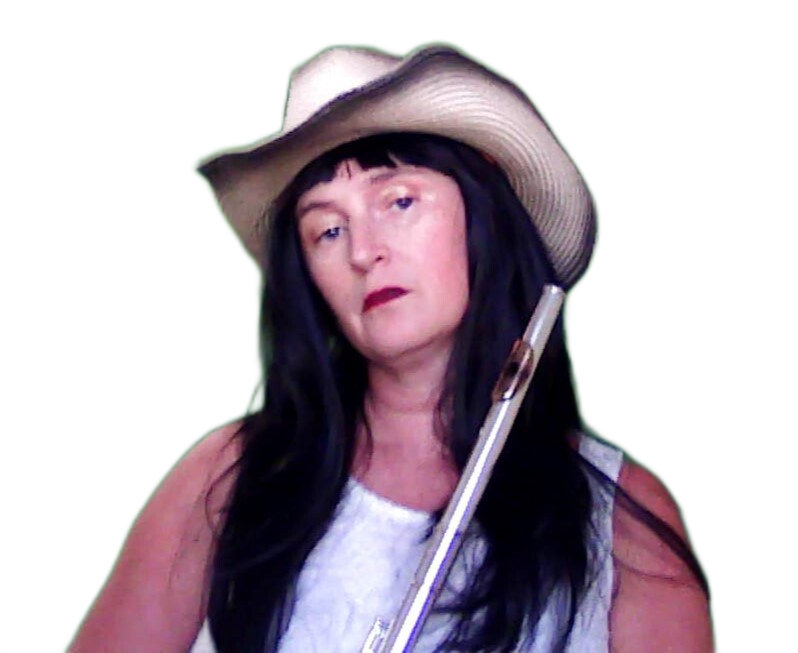In the world of flute music, tradition runs deep. From the elegance of Baroque sonatas to the expressive beauty of Romantic concertos, classical flute has long held a place of honor on the concert stage. But what happens when this centuries-old instrument finds its way into the heart of country music? For modern flutists seeking creative expression, blending country and classical styles opens exciting new frontiers.
 The Surprising Compatibility of Two Distinct Styles
The Surprising Compatibility of Two Distinct Styles
At first glance, country and classical may seem worlds apart. Classical flute playing emphasizes precise tone, phrasing, and technique. Country music leans heavily into emotion, storytelling, and earthy rhythm. Yet when approached thoughtfully, these genres can complement each other beautifully.
Flutes bring a lyrical, expressive voice to country ballads. Country’s simple, heartfelt melodies translate well to the classical idiom, especially when arranged with care. Likewise, classical techniques—like vibrato, trills, and dynamic contrast—can add richness and color to familiar country tunes.
The Role of Arranging: Making the Music Your Own
If you’re a flutist with a love of both traditions, custom arrangements are your ticket to blending them. Start by choosing a favorite country song—perhaps a classic like “Crazy” by Willie Nelson or “Go Rest High on That Mountain” by Vince Gill. Then, arrange the melody for flute, layering in harmonies and classical textures.
You can create your own flute compositions that borrow from both genres—country chord progressions, fiddle-style riffs, and even classical forms like ABA or sonata-allegro. These hybrid pieces are especially rewarding at the advanced level, where you can fully explore the flute’s expressive range.
 Solo Sonatas with a Country Twist
Solo Sonatas with a Country Twist
One fascinating creative exercise is composing or arranging a solo sonata in the style of a country ballad or bluegrass tune. Use the structure of a classical sonata—exposition, development, recapitulation—and build it around a country melody. Include moments of improvisation or ornamentation, mimicking the spontaneity of country fiddling.
This fusion honors the discipline of classical music while embracing the heart and soul of country. It’s also a fantastic way to challenge your musicality and inventiveness as a performer.
Why the Blend Matters
Flute country blends are more than a novelty—they’re a statement of versatility and originality. They show that classical flutists don’t have to stay confined to concert halls or orchestras. With a little creativity, the flute can feel right at home in a barn dance or a bluegrass jam.
This genre-crossing approach also makes flute music more accessible. It introduces classical listeners to the warmth of country, and country fans to the beauty of the flute.
A Personal Note
As a country flutist myself, I’ve arranged several country classics and traditional bluegrass tunes for flute. My album Appalachian Jam includes both covers and original works that reflect this blend. The process has been deeply fulfilling—both artistically and emotionally. There’s something magical about hearing a familiar twangy melody take flight on a silver flute.
Whether you’re a student, teacher, or seasoned performer, I encourage you to experiment. Combine what you love about both genres. Write your own arrangements. Perform them for friends or on social media. You just might inspire the next wave of flutists to think outside the box.












